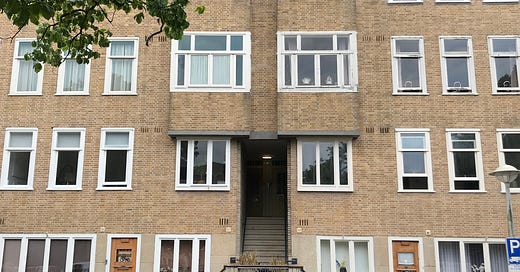Welcome to my new subscribers! I’m glad you’re here. This email comes out once a month. Otherwise, find me on Twitter, Instagram, or (if you must) Facebook.
Do you have questions about Anne Frank that you’d like me to answer in future installments of this newsletter? Please reply to this email or tweet them to me.
What I’m working on
It’s a biography truis…
Keep reading with a 7-day free trial
Subscribe to Ghost Stories to keep reading this post and get 7 days of free access to the full post archives.



